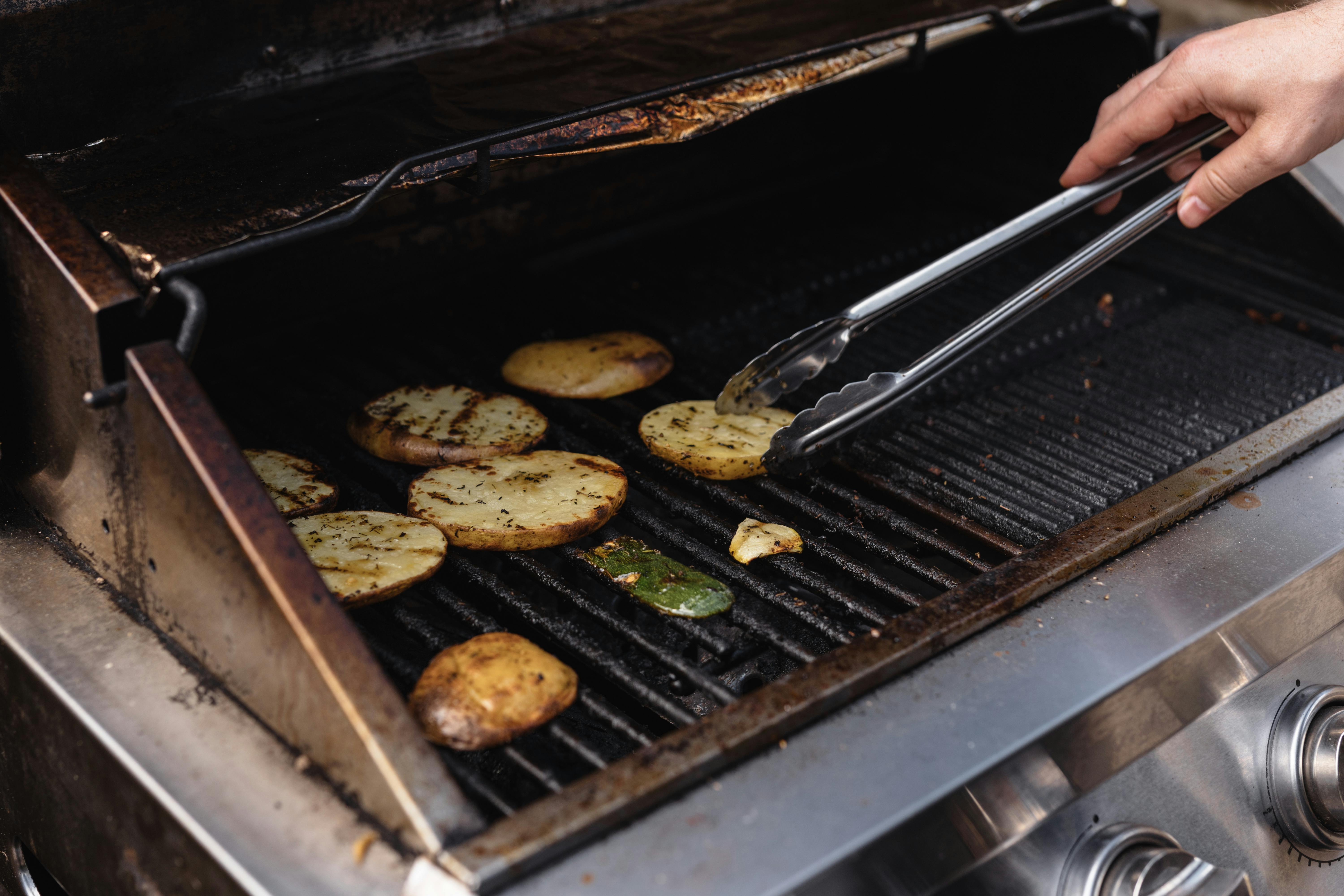Effective Ways to Remove Paint from Wood Surfaces in 2025
Removing paint from wood surfaces can be a daunting task, especially for DIY enthusiasts and homeowners looking to restore their furniture or antique pieces. With advancements in technology and eco-friendly solutions emerging in 2025, the methods for effectively stripping paint from wood have evolved significantly. This article will explore various techniques, tools, and safety measures, helping you choose the best methods for your specific project.
Understanding the unique characteristics of different wood types and knowing the right strategies are essential for successful paint removal. Home improvement enthusiasts benefit from personalized advice and expert tips, ensuring that every project not only meets aesthetic standards but also maintains the integrity of the wood.
Throughout this article, we will discuss the best practices for stripping paint from wood surfaces, including the pros and cons of various paint removal techniques, and eco-friendly options available today. By the end, you'll have a comprehensive understanding of how to safely and effectively remove paint from wood.
Preparation for Paint Stripping: Setting the Stage
Before diving into the paint removal process, proper preparation is fundamental for achieving the best results. Taking the time to prepare wood surfaces can prevent potential issues down the line.
Cleaning Wood Before Paint Removal
Cleaning wood before any stripping endeavor helps to ensure that no dust or debris interferes with the process. Utilize a mixture of soap and water to wipe down the surfaces, allowing them to dry completely. This initial step reduces the risk of contamination during the paint removal phase and enhances the effectiveness of the paint remover.
Choosing the Right Paint Stripper
Knowing how to choose a paint stripper is crucial. Factors such as the type of paint (latex, oil-based, etc.), wood texture, and environmental concerns should guide your decision. For delicate wood types, eco-friendly paint removers can provide gentle yet effective solutions. Read customer reviews and seek expert opinions on the best products for your project.
Assessing the Condition of the Wood
Before applying any stripping agent, assess the conditions of your wood. Old or antique wood may require extra care; identifying wood finishes and understanding compatibility is vital in preventing damage. Consider the age and type of wood to select the appropriate techniques and avoid common mistakes during the paint removal process.
Techniques for Effective Paint Removal
With your wood prepped and a paint stripper selected, it’s essential to understand the techniques that will yield the best results.
Using Chemical Paint Removers for Wood
Chemical paint removers are effective for thorough paint stripping. When applying paint stripper on wood, use a brush for even coverage and let it sit according to the manufacturer’s instructions. It's crucial to follow paint removal safety tips, such as wearing protective gloves and ensuring proper ventilation.
Paint Scraping Techniques
Once the paint stripper has done its job, utilize a paint scraper to lift the loosened paint. When removing paint from carved wood, a careful approach is necessary to protect intricate details. Use a fine-edged scraper to avoid damage, and work slowly to ensure complete removal.
Applying Heat with a Heat Gun for Paint Removal
Another effective method in 2025 is using a heat gun for paint removal. This technique helps to soften the paint, allowing it to peel away effortlessly. Advantages of using a heat gun include the ability to control the heat and avoid harsh chemicals. Nonetheless, maintain caution and work at a safe distance to prevent wood damage.
Natural and Eco-Friendly Paint Removal Methods
Given the increasing emphasis on sustainability, natural paint removers for wood are gaining popularity. These methods are eco-safe and can be just as effective as traditional chemical strippers.
Using Vinegar to Remove Paint
Vinegar is one of the most approachable natural paint removers for wood. Its acidic properties help in softening paint, making the scraping process easier. Simply heat vinegar and apply it to the painted area, allowing it to sit before removing the paint with a scraper. This environmentally friendly method suits those looking to avoid harsh chemicals.
Exploring Eco-Safe Paint Removal Methods
There are various eco-friendly paint removal solutions available in 2025. These often combine plant-based ingredients that effectively lift paint without harsh effects on your health or the environment. Research several products and choose those recognized as safe, focusing on brands that prioritize sustainability and wood care.
Maintaining Wood Integrity During Paint Removal
Using safe methods is essential for protecting wood while stripping paint. Always work in smaller sections, and avoid prolonged exposure to heat or chemicals that could damage the wood texture. Evaluating paint removal products carefully can help ensure the best results without compromising wood integrity.
Techniques for Wood Refinishing After Paint Removal
Once paint removal is complete, the next step is wood refinishing, which enhances the appearance and durability of wood.
Cleaning Wood After Paint Removal
Cleaning wood post-paint removal is crucial. Use a damp cloth or sponge to wipe away any residue from the stripper or paint. Following this, allow the wood to dry completely before proceeding to the refinishing stage, ensuring the best results in your project.
Restoring Wood After Paint
Restoring wood after the removal of paint can involve sanding surfaces to smooth out any imperfections. Wood sanding techniques vary based on the specific needs of your project. Keep the sanding process gentle, particularly on old wood, to avoid further damage.
Applying Finishes for Protection
After the wood has been adequately sanded and cleaned, applying the appropriate finish is key for long-term protection. Choose between stains and sealants depending on the desired look and functionality. Ensure that the finish aligns with the wood type and existing finishes to achieve a stunning result.
Expert Advice on Common Paint Removal Mistakes
Even seasoned DIYers encounter mistakes during paint removal. Learning from these common missteps can help you achieve satisfying results.
Identifying Paint Types on Wood
Knowing how to identify paint types on wood can save time and prevent mishaps. Different types of paints react to various removers differently, so accurate identification can aid in selecting the proper methods during stripping.
Avoiding Damage During Paint Removal
Understanding wood care specialists recommendations is paramount for preventing damage. Avoid saturating wood with harsh chemicals or excessive heat, as these can lead to warping or discoloration. Carefully working through multiple layers of paint is crucial for protecting wood integrity.
Learning Through Personal Experiences
Personal stories on home improvement and paint removal can provide invaluable insights. Engaging with community forums and expert interviews on paint removal strategies allows you to learn from others’ experiences and apply their lessons to your project.
Q&A Section: Common Concerns About Paint Removal
What are the safest paint removal methods for old wood?
For old wood, consider using eco-friendly paint removers or natural solutions like vinegar. These methods are gentle and preserve the wood's character while effectively removing unwanted paint.
How can I ensure I’m using the right products for my project?
Evaluate customer reviews on paint strippers and consult wood care specialists for recommendations tailored to your specific wood type and project requirements.
What should I do if paint is still visible after stripping?
If paint remains visible after initial attempts, consider reapplying the stripper and using a finer scraper. Alternatively, utilize sanding techniques for stubborn areas.
Can I refinish wood surfaces after removing paint?
Absolutely! Refinishing wood surfaces after paint removal helps restore their beauty. Ensure proper cleaning and preparation to achieve optimal results.
Are professional paint removal services worth it?
Professional paint removal services can be beneficial, especially for complicated projects involving antiques or delicate wood pieces. Their expertise often ensures safer and more efficient results.




